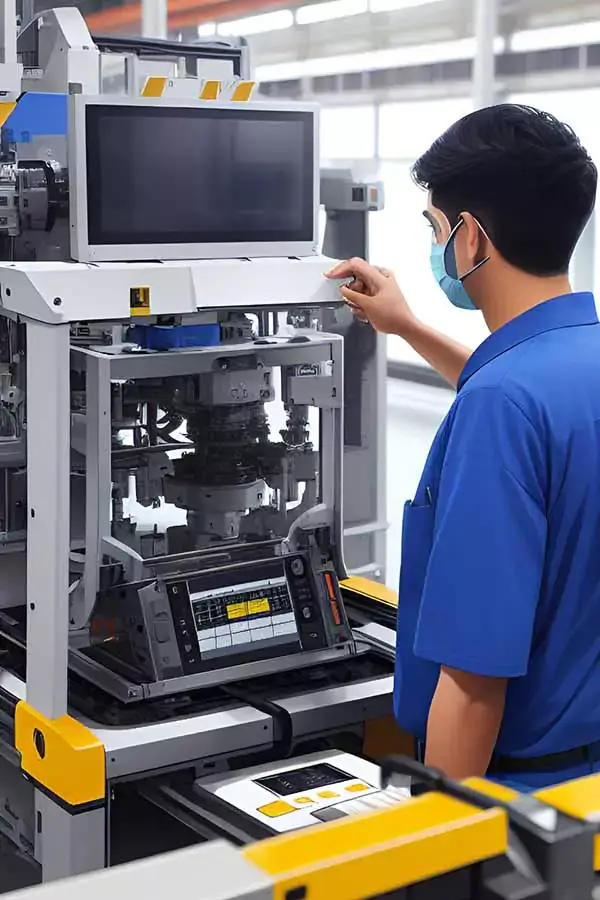Putting Industry 5.0 Into Motion
Industry 5.0: The shift from theoretical ideas to practical solutions
Note: This is the second in a two-part series on Industry 5.0 and its impact on the manufacturing industry. You can read the first blog in this series here.
As we discussed in our previous blog post on Industry 5.0, while the world remains firmly ensconced in bringing Industry 4.0 to fruition, the ideas behind Industry 5.0 are beginning to take hold, not just in Europe where this initiative started but across the globe. Industry 5.0 aims to address some of the immediately obvious shortcomings of 4.0 and prevent industries from venturing to the point of no return when it comes to reliance on AI, automation, robotics and machines to run our factories, plants and businesses.
According to the European Commission’s Industry 5.0: human-centric, sustainable, and resilient publication, Industry 5.0 “shifts the focus from the shareholder value to stakeholder value and reinforces the role and the contribution of industry to society. It places the well-being of the worker at the center of the production process and uses new technologies to provide prosperity beyond jobs and growth while respecting the production limits of the planet.”
With that in mind, it’s important to know that Industry 5.0 is not a replacement for Industry 4.0 and does not aim to throw technology to the wind. Instead, it complements what is happening now with technology while also proposing that we shift the emphasis from profits, efficiency and productivity to the well-being of workers, society and our planet.
Real life practices of Industry 5.0
Because Industry 5.0 is still in its infancy, there’s a long road ahead to truly define how this will look on production lines. But we can point to some examples born out of Industry 4.0 that give us a strong idea of how Industry 5.0 might look in real life.

- Customized human-machine interactions, such as collaborative robots (cobots), that work alongside humans to perform routine automated tasks or tasks that would be challenging – or even dangerous – for a human to perform alone. Virtual or augmented reality/AI can also play into the human-machine relationship, helping to bolster training and testing. In addition, equipping workers and equipment with sensors and tracking devices can help monitor workers’ health and wellbeing.
- Digital twins, which are essentially digital replicas of objects, processes and systems, allow for efficient simulation and testing to ensure products and operations are working at optimal capacity, efficacy and speed. For example, as pointed out by Clarify, digital twins can measure “social and environmental impact with simulations,” as well as predict maintenance needs and detect the potential for future errors or malfunctions. The latter certainly supports agile and resilient operations.
- “Smart” factories, which employ a variety of sensors, IoT devices and centralized command centers, provide for real-time data monitoring and tracking. Being able to quickly analyze data from all parts of a factory floor and make fast adjustments will allow workers to create more efficient and optimal production processes.
- 3D printing permits manufacturers to quickly produce customized parts and products, reducing the demands on the environment by eliminating shipping and transportation or large warehouses for inventory. It also plays into the human-centric aspect of Industry 5.0 as 3D printing allows for great customization of goods for customers. In addition, it reduces manufacturers’ reliance on the global supply chain and instead boosts internal reliance.
Industry 5.0 Opens the Doors for Opportunity
For manufacturers, Industry 5.0 addresses the tensions and issues brought about with Industry 4.0. Increasing human-machine interactions can open doors for new challenges and opportunities for workers, which can lead to greater job satisfaction and more efficient cross-team collaboration – ultimately impacting the resiliency of the business. And the emphasis on circular production lines, along with the rise of localized sourcing and printing, can have a significant and positive impact on the environment. Along those lines, automation combined with human expertise can reduce the potential for accidents or spills of toxic or otherwise harmful materials.
The MPERIA platform from Matthews Marking Systems is a good way to test the waters of Industry 5.0 and human-machine interactions. With a centralized coding and marking automation system that can serve multiple production lines, MPERIA empowers workers to make decisions that boost productivity, efficiency and production resiliency. Want to learn more? Give us a call at 800.775.7775 or email us at [email protected].
